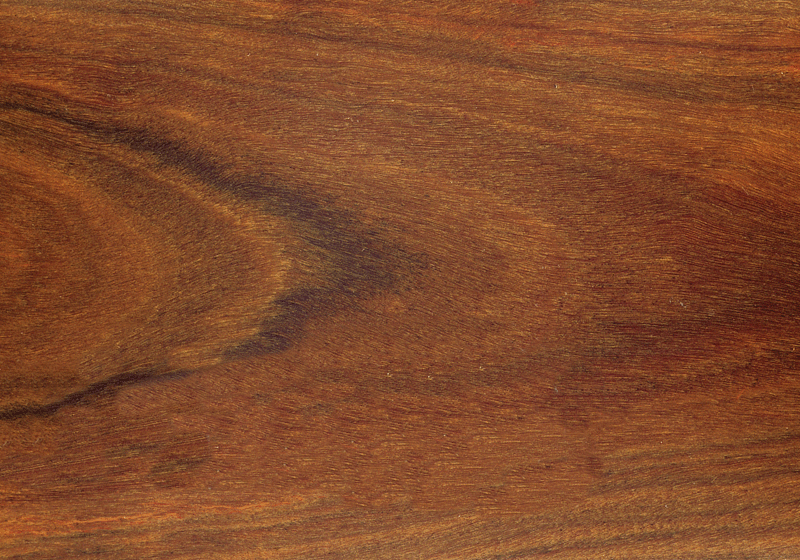A large tree 120—180 ft (37—55 m) high. Trunk 2—4 ft (0.6—1.2 m) in diameter, straight and half to two-thirds of total height. Crown spreading and open. Bark gray brown or light gray, thick, rough, finely and deeply furrowed, fibrous, persistent on trunk only, partly shedding in strips on upper stem and branches and leaving a smooth white or yellow gray surface; branches smooth, whitish gray. Twigs slender, angled, pinkish. Heartwood a pale brown similar to oak, hard, strong, very stiff and tough except when brittleheart, of moderate to good durability; moderately heavy (sp. gr. 0.66). Usually straight grained and readily worked. Has a large shrinkage in drying but less growth stress manufacturing problems than E. robusta or E. saligna. One of the most important hardwoods of Australia. Used there for general and house construction and thought not highly durable, also for poles, posts, and railroad crossties. In Hawaii, used for flooring, truck beds, paneling, refuse flumes, irrigation canal stakes, and pallets.

There is currently no content classified with this term.